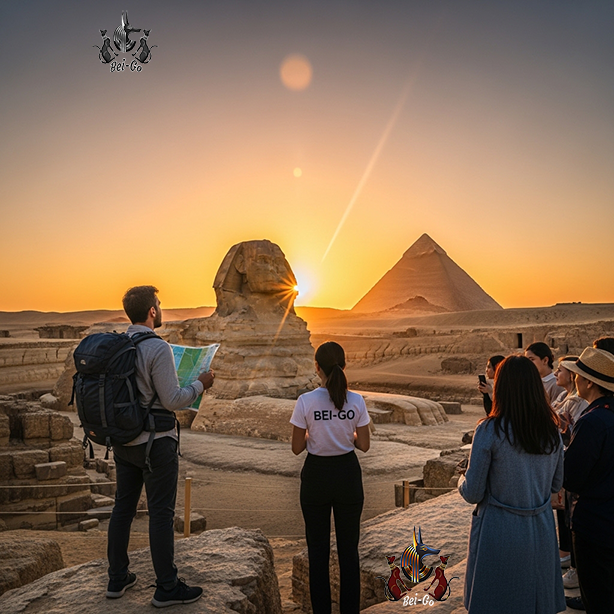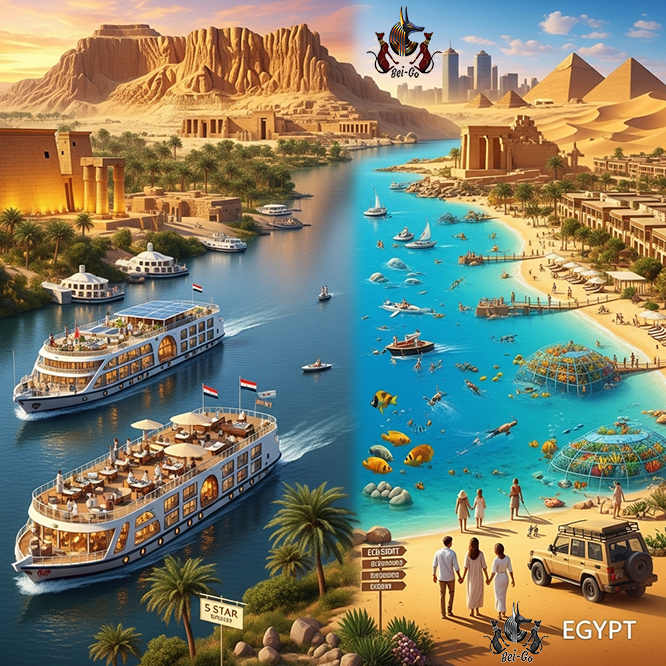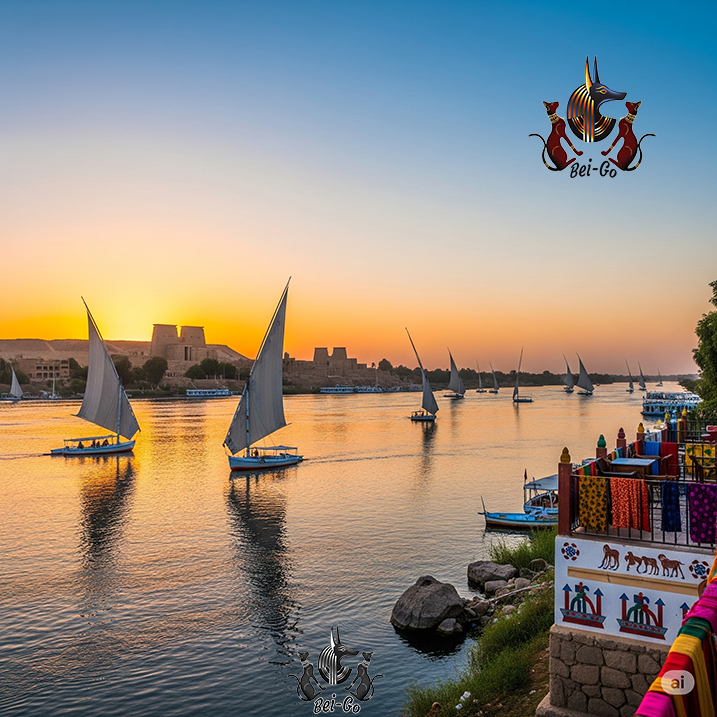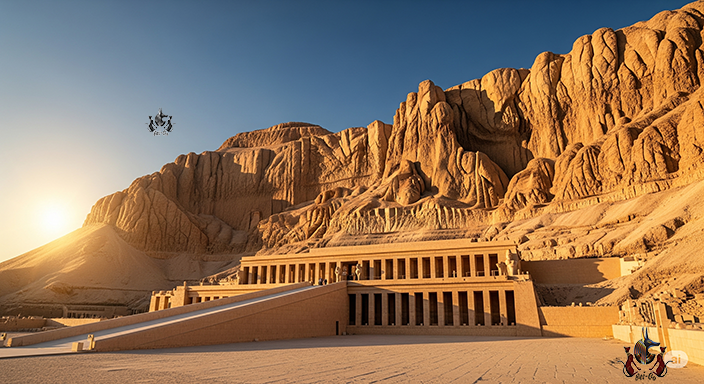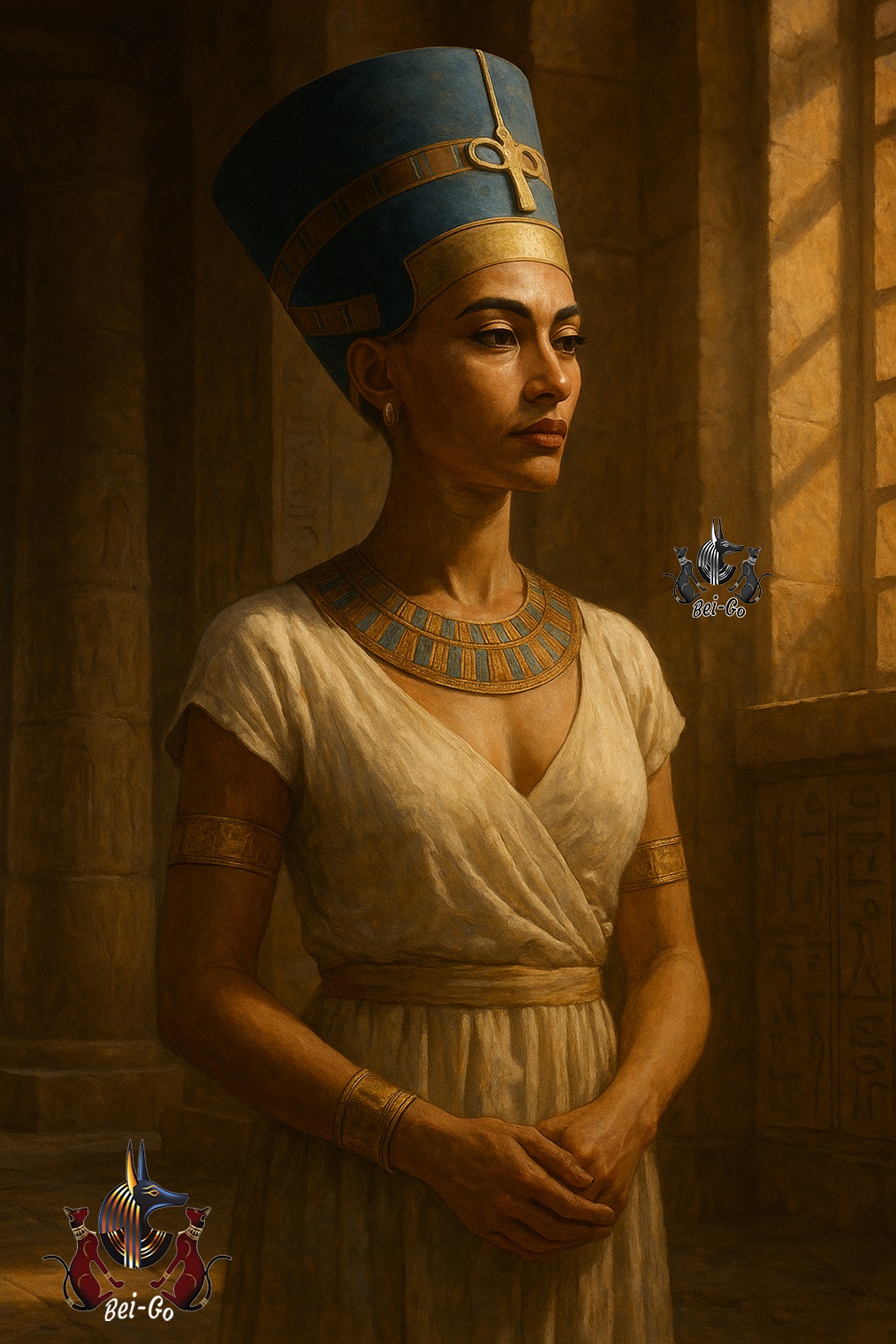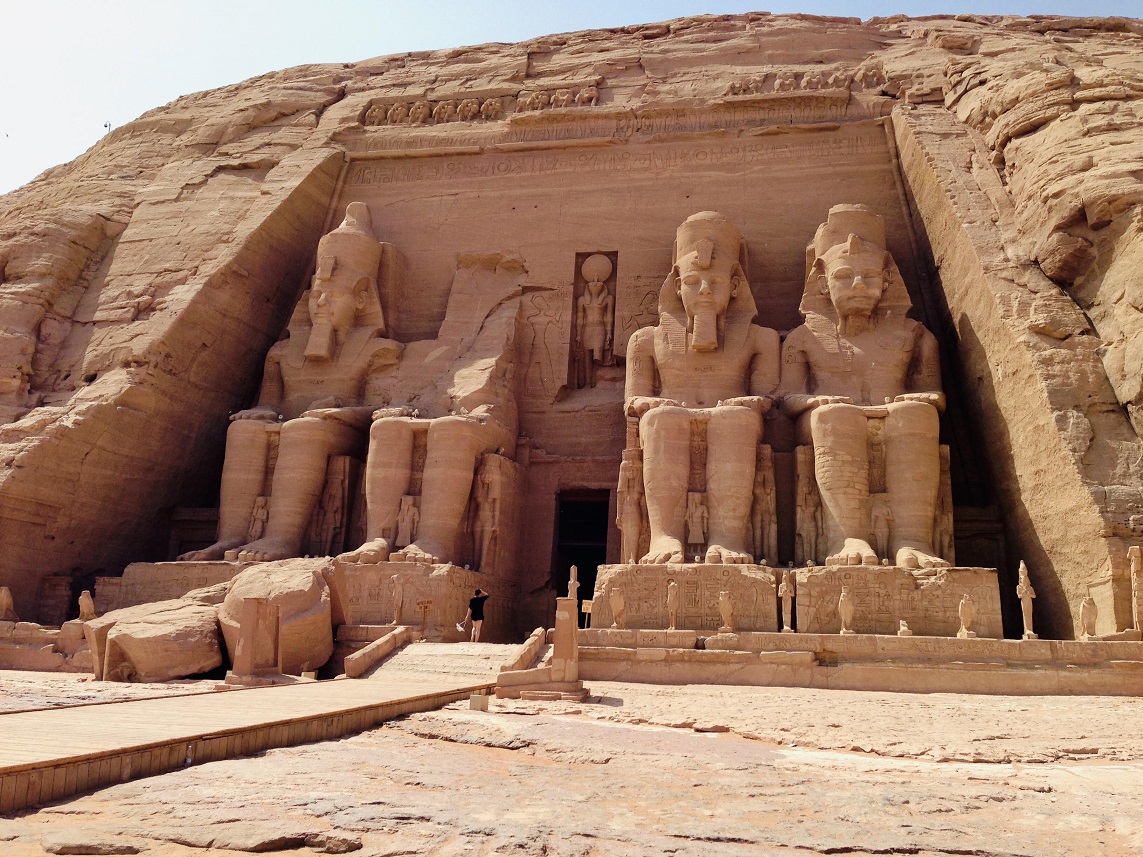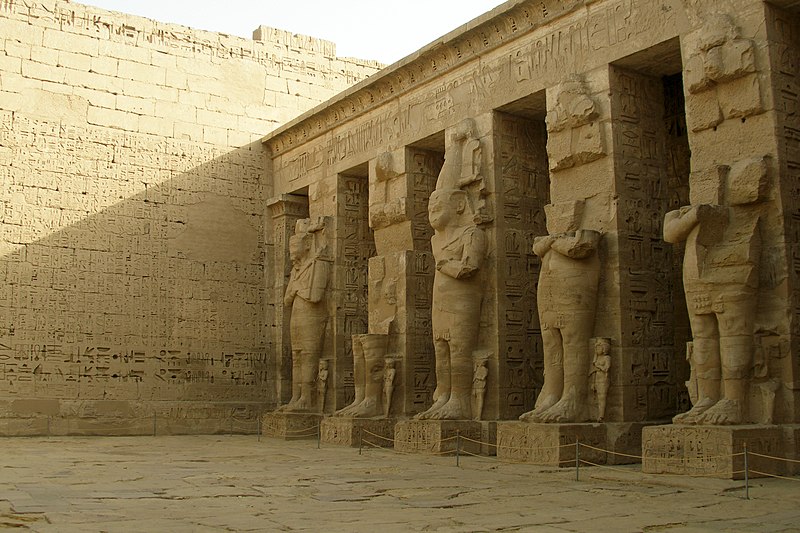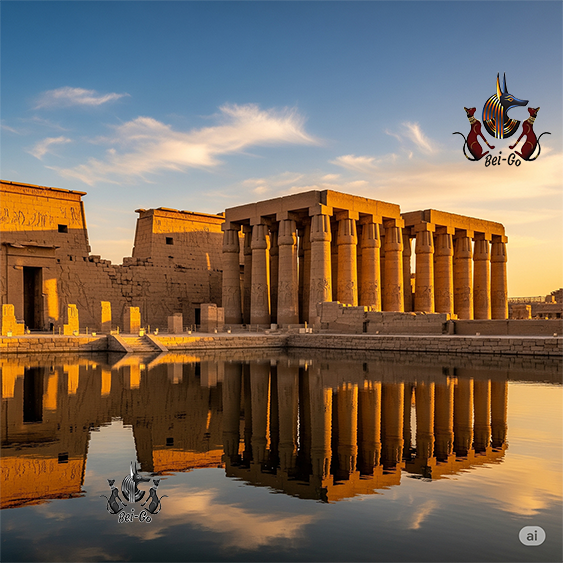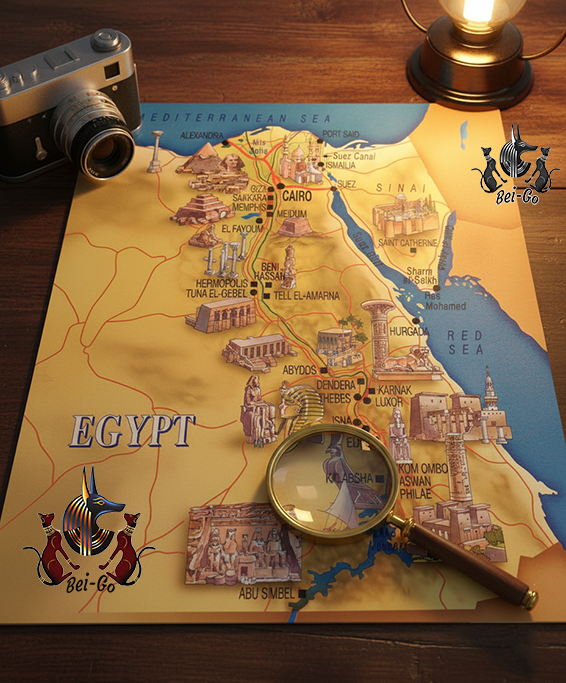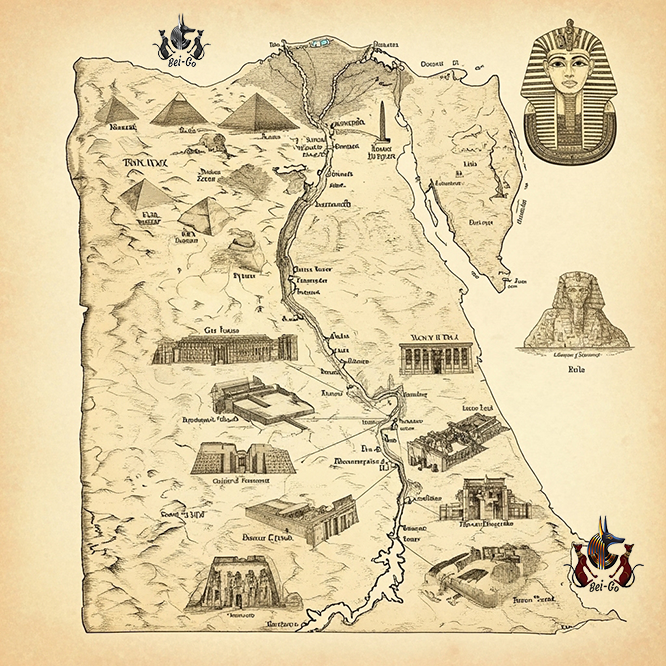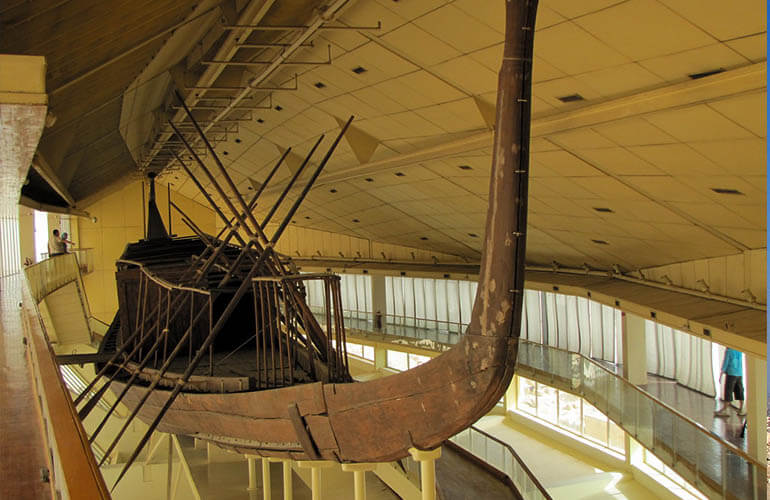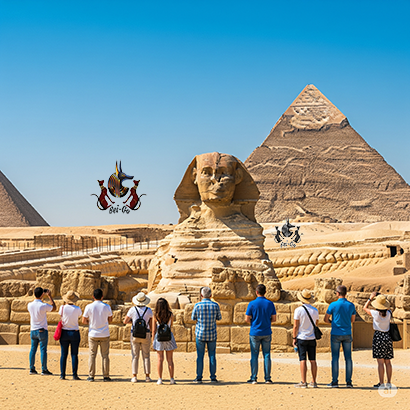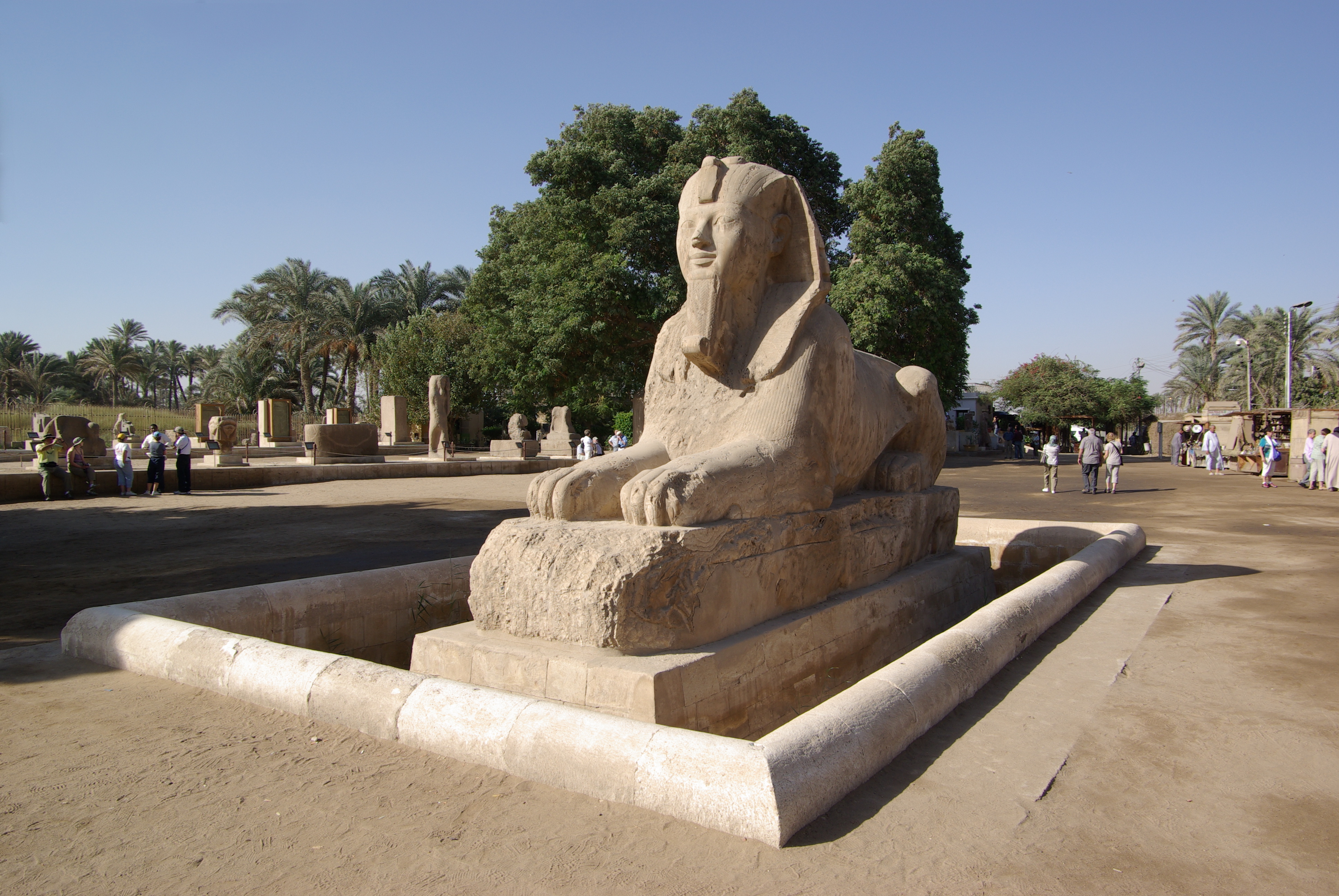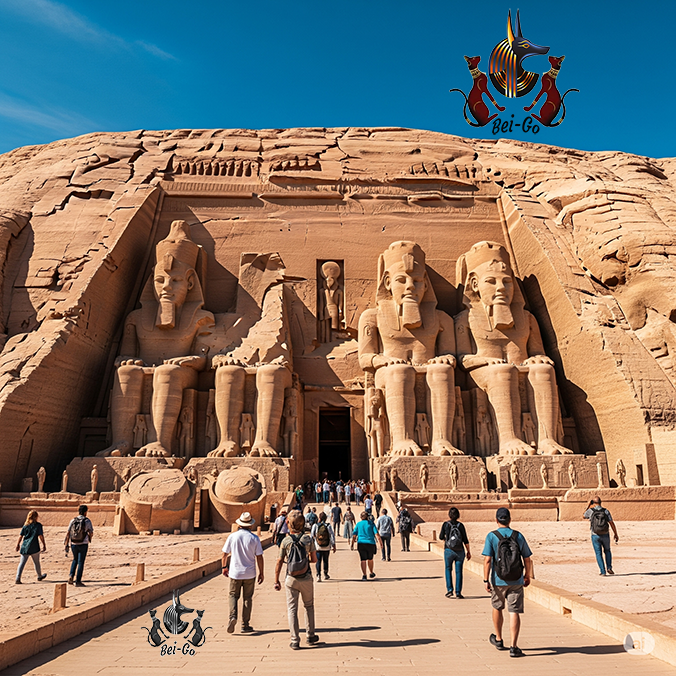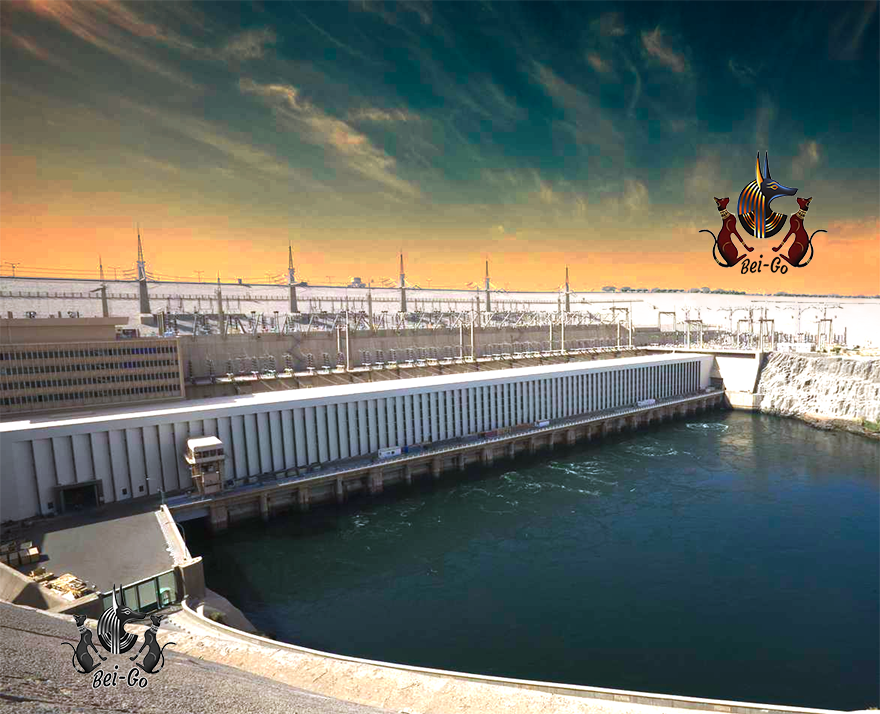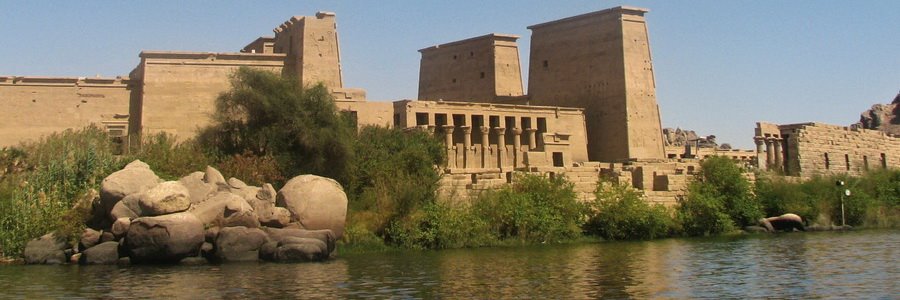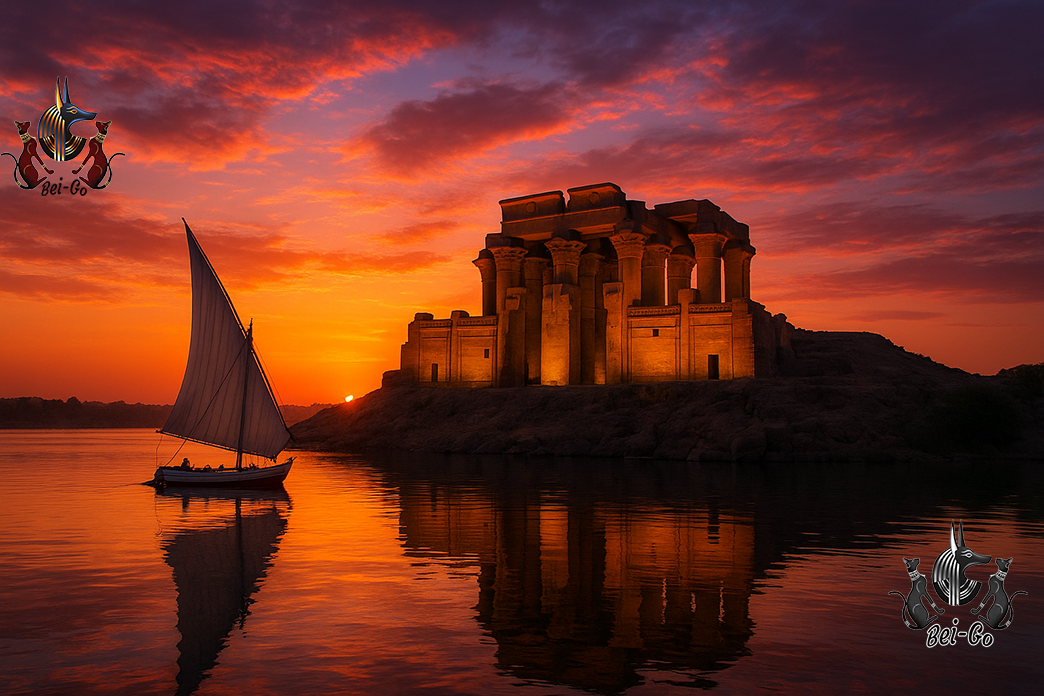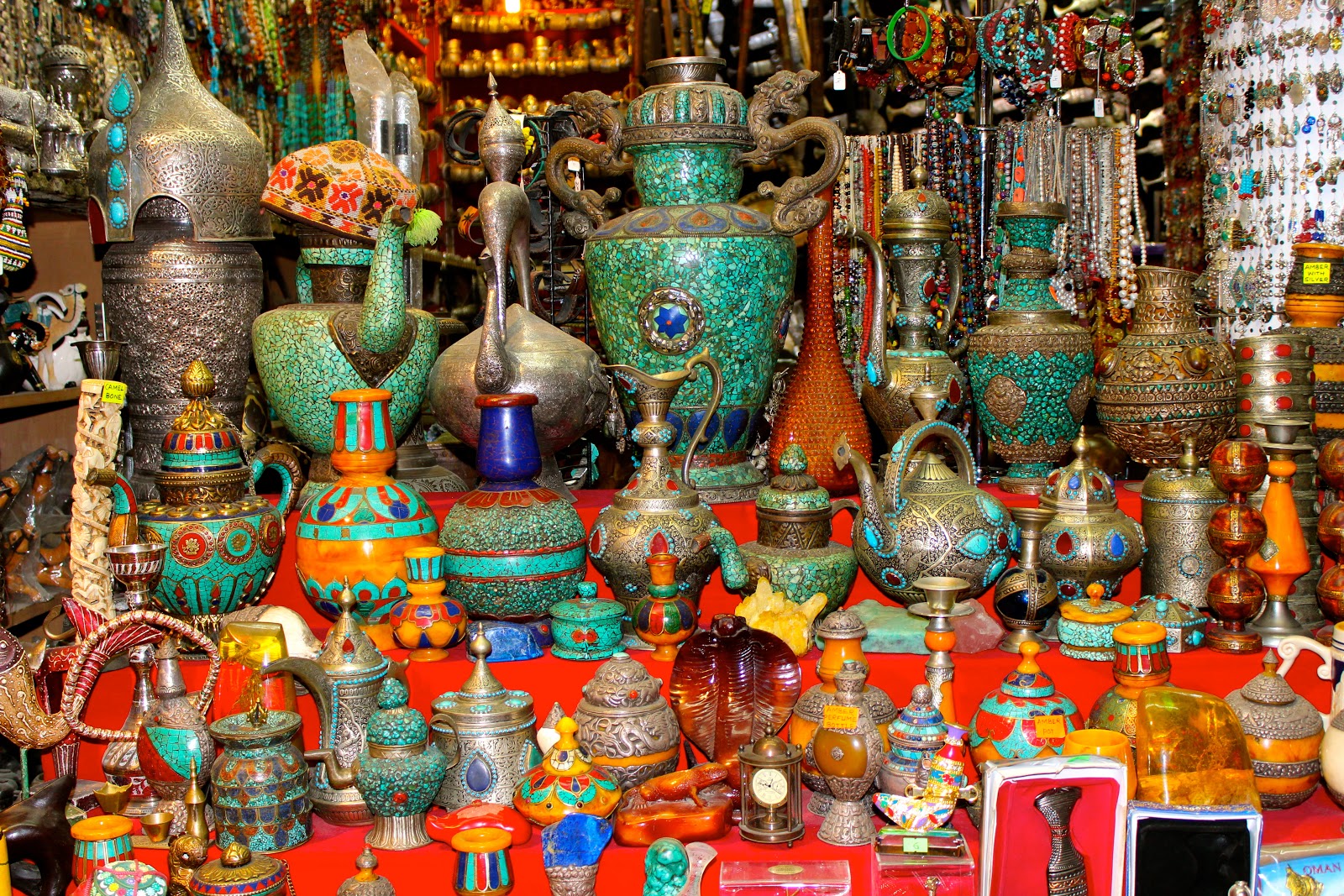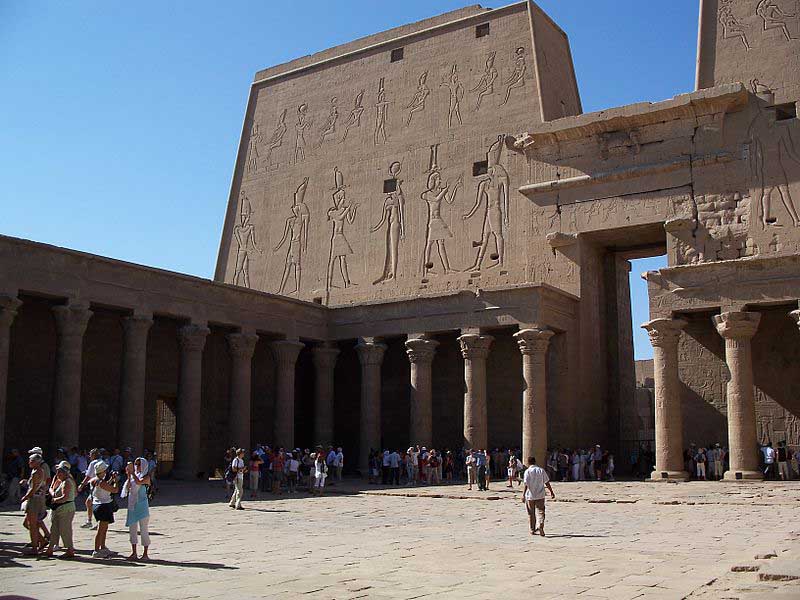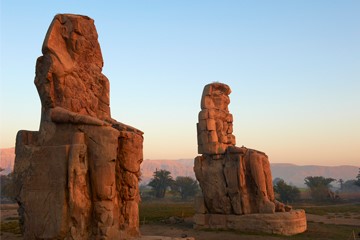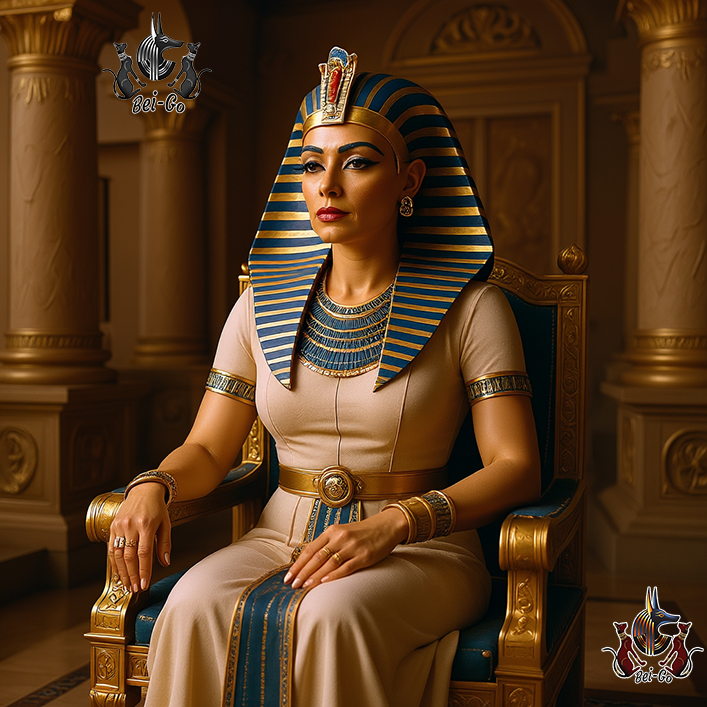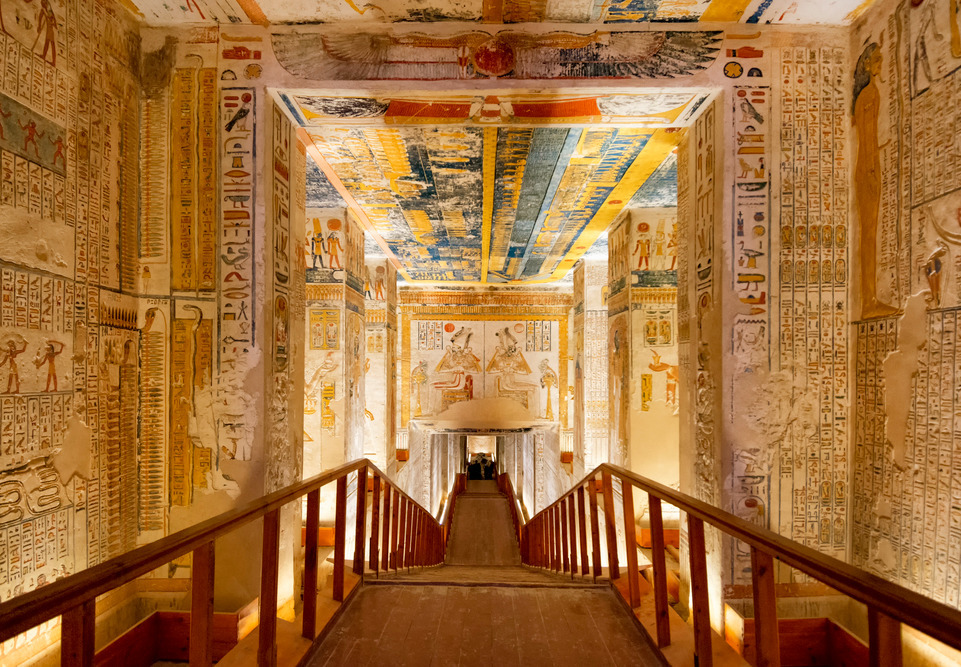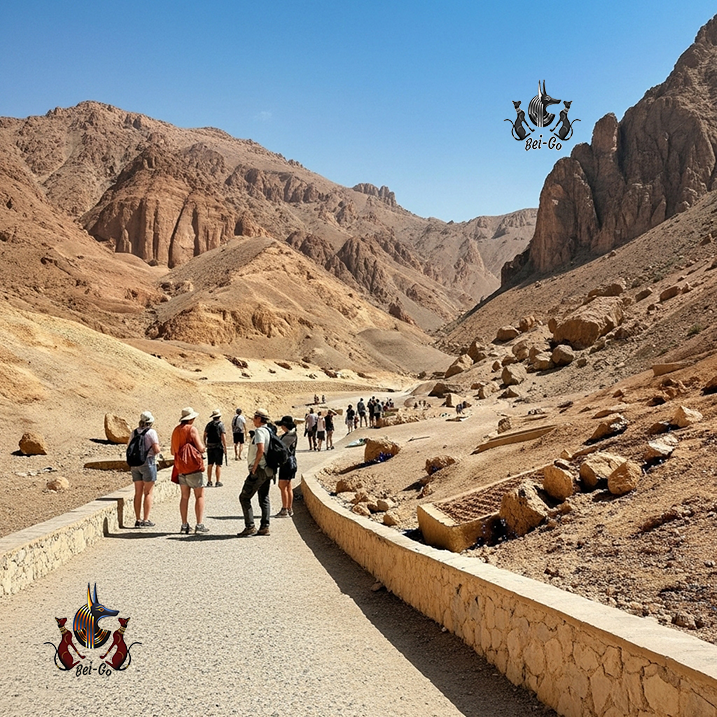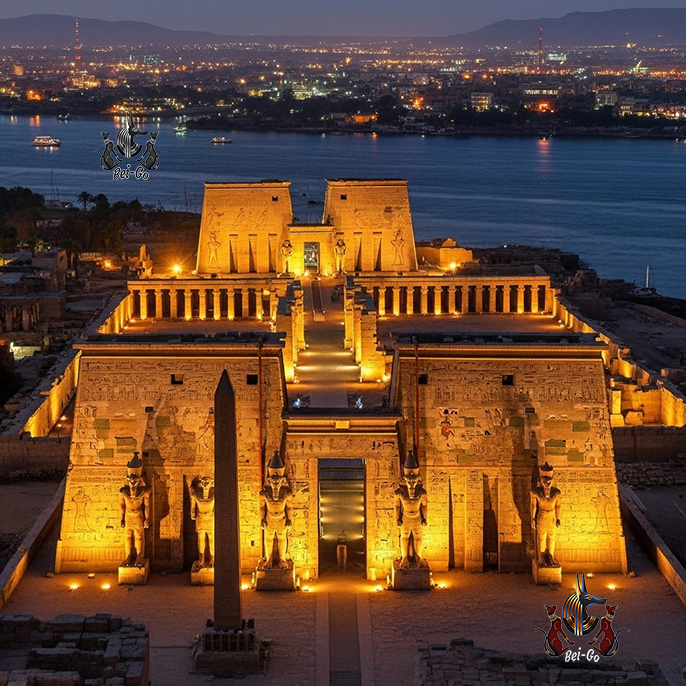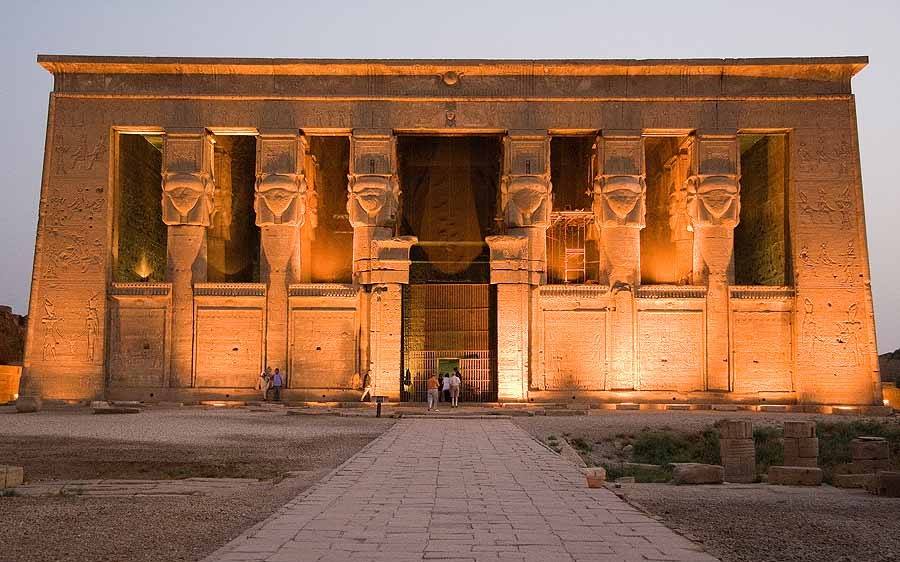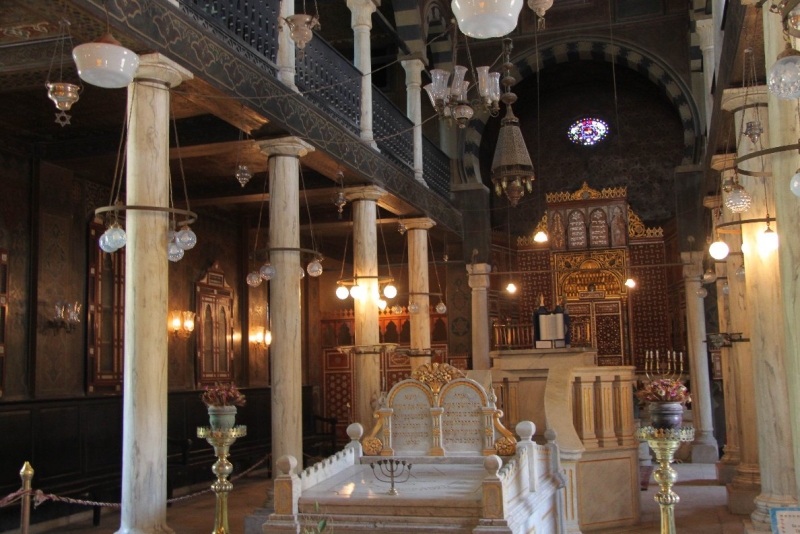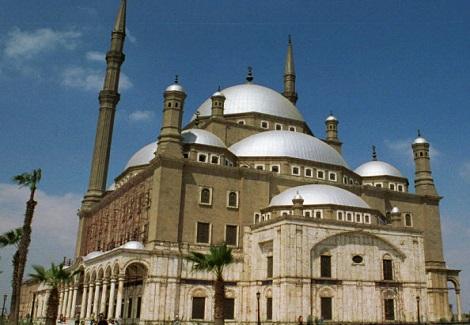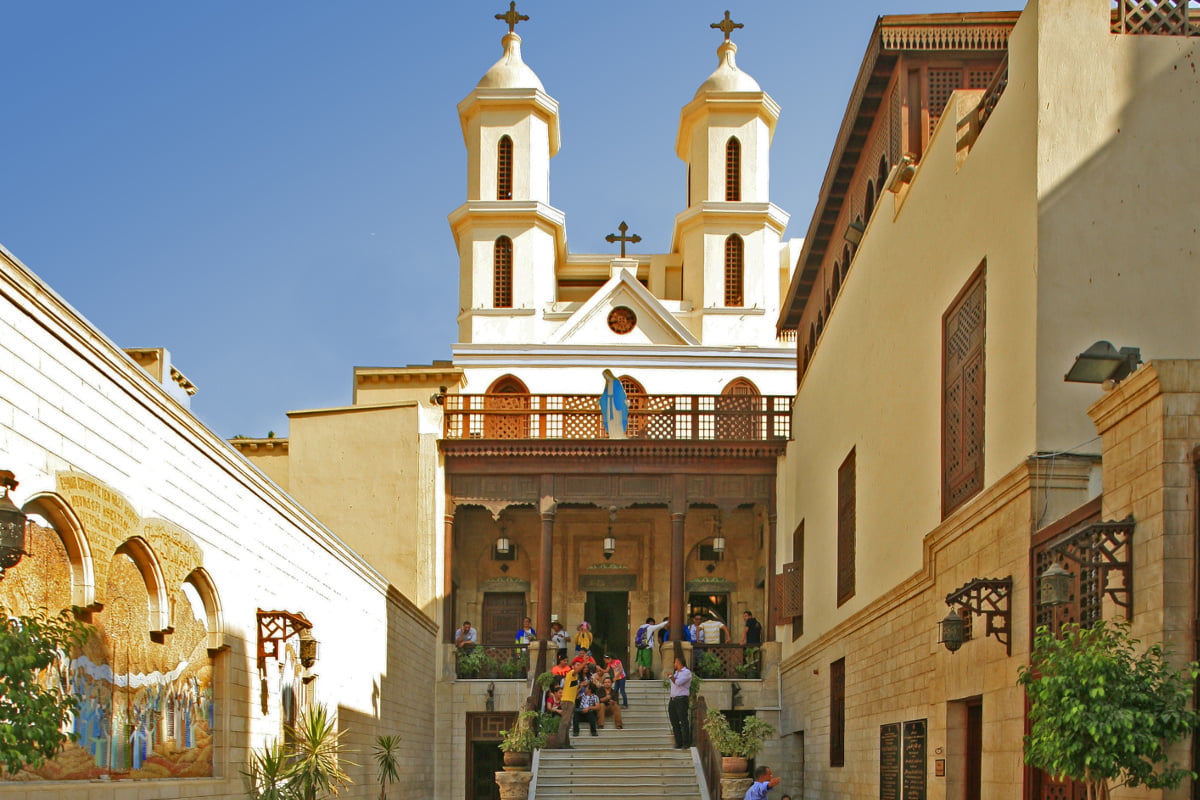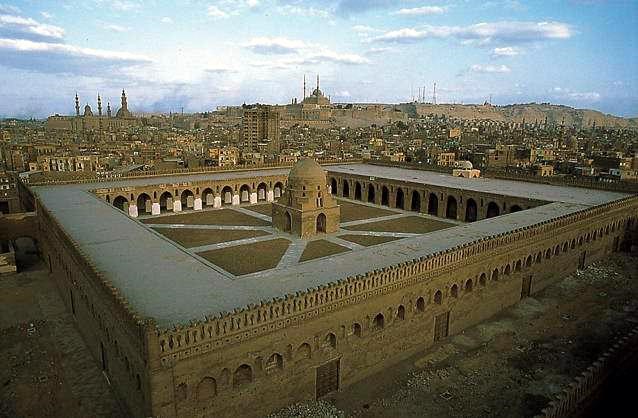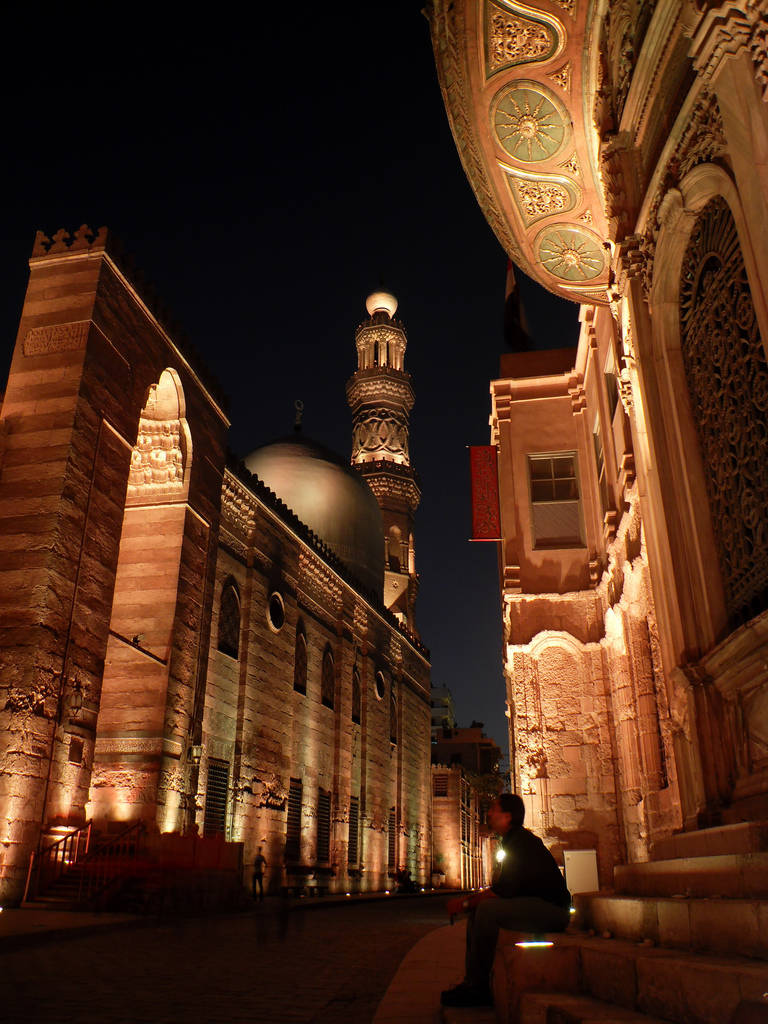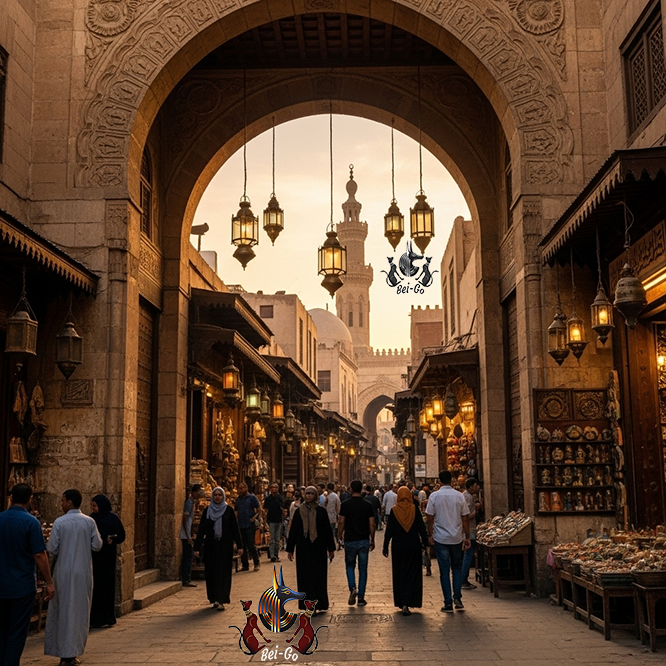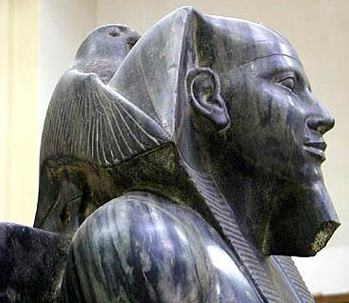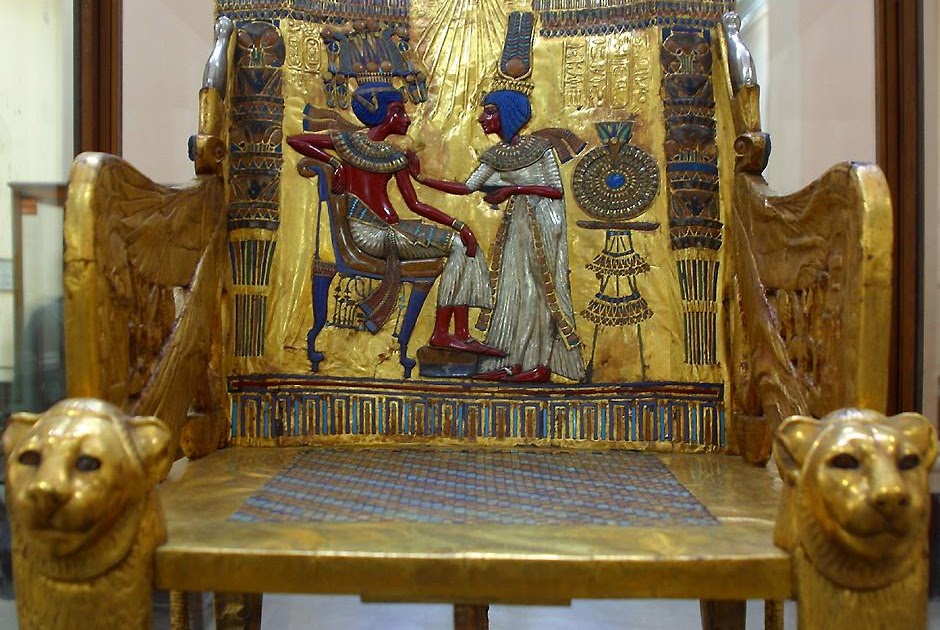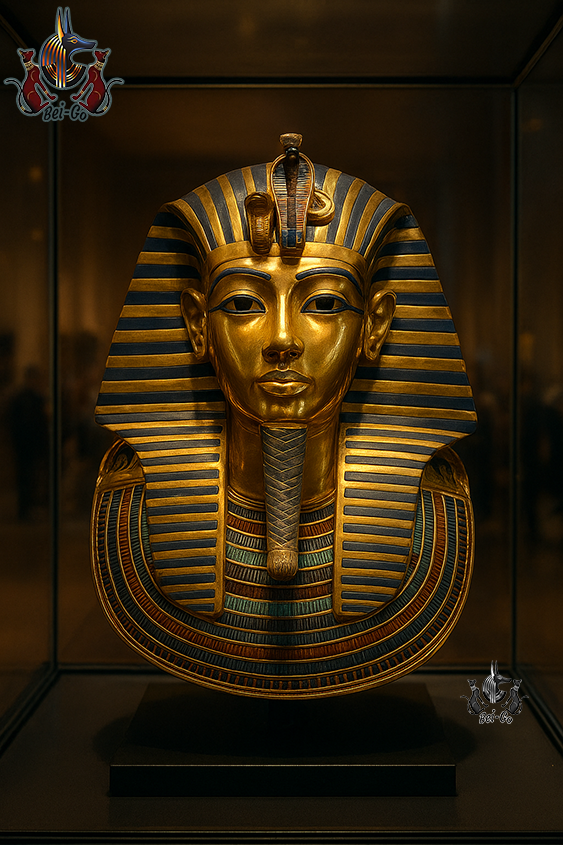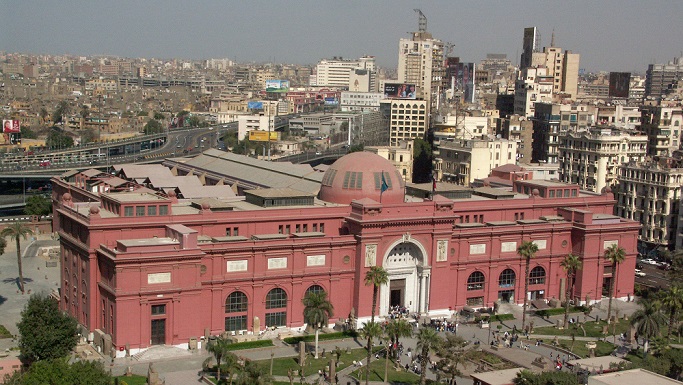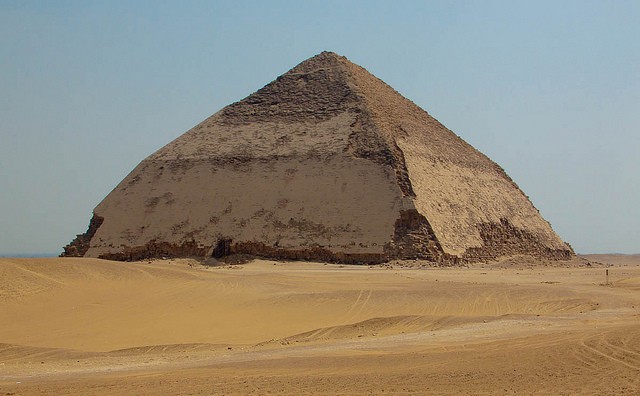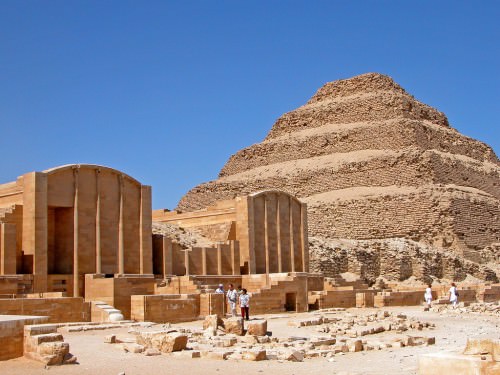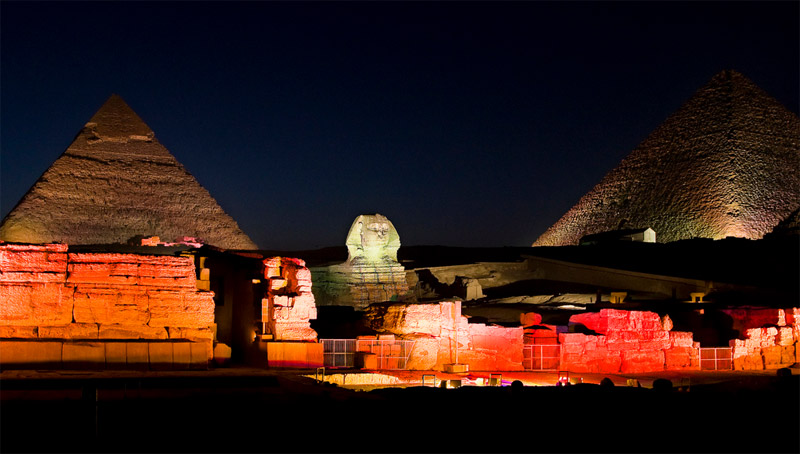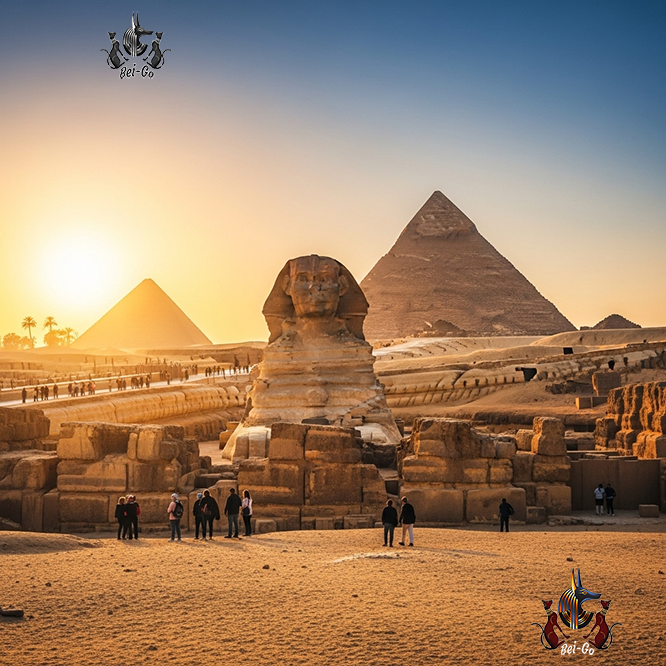
Eternal Guardian: The Sphinx, Keeper of Giza’s Ancient Secrets

The Eternal Secrets of the Sphinx: A Historical Glimpse at Egypt’s Timeless Symbol
The Great Sphinx of Giza remains one of the most iconic and awe-inspiring monuments of the ancient world. Combining a human face and a lion’s body, the Sphinx symbolizes both intellect and strength, standing as a silent guardian of the pyramids. Believed to date back to around the 23rd century BCE during the Fourth Dynasty, its exact origin continues to intrigue historians and travelers alike. A Sphinx trip offers an educational journey through archaeological research, restoration projects, and ancient engineering marvels. Travelers can see the effects of erosion and sand on its limestone surface, while guides explain modern efforts to preserve it. Visiting the Sphinx connects you to the mysteries of Egypt’s ancient civilization, transforming a vacation in Giza into a journey through history. For a smooth and informative travel experience, organized tours are readily available, blending cultural discovery with comfort and expert guidance. Whether you’re an archaeology enthusiast or a casual traveler, the Sphinx offers a window into humanity’s early ingenuity and Egypt’s eternal legacy.
Magnificence of the Site: Exploring the Sphinx’s Location Among the Great Pyramids of Giza
Situated on the Giza Plateau, the Sphinx stands amid a breathtaking landscape shared with the Great Pyramids of Khufu, Khafre, and Menkaure. A trip to this area reveals the architectural harmony between these monuments, where scale, symmetry, and history converge. Travelers visiting the Sphinx can enjoy panoramic views of the pyramids, capturing unforgettable travel moments that define any Egyptian vacation. Early morning and late afternoon provide ideal lighting for photography, highlighting the golden hue of the desert. Walking paths lead visitors around the plateau, allowing them to appreciate the ancient environment while learning about burial customs and pyramid construction. Camel rides and horse carriages offer authentic experiences, merging cultural immersion with adventure. Informational boards and guided tours help visitors understand the alignment between these structures, a marvel of ancient precision. To maximize your experience, effective trip planning ensures you make the most of each viewpoint and attraction while enjoying comfort and safety. The Sphinx’s proximity to such grand monuments makes it a perfect centerpiece for any travel itinerary.
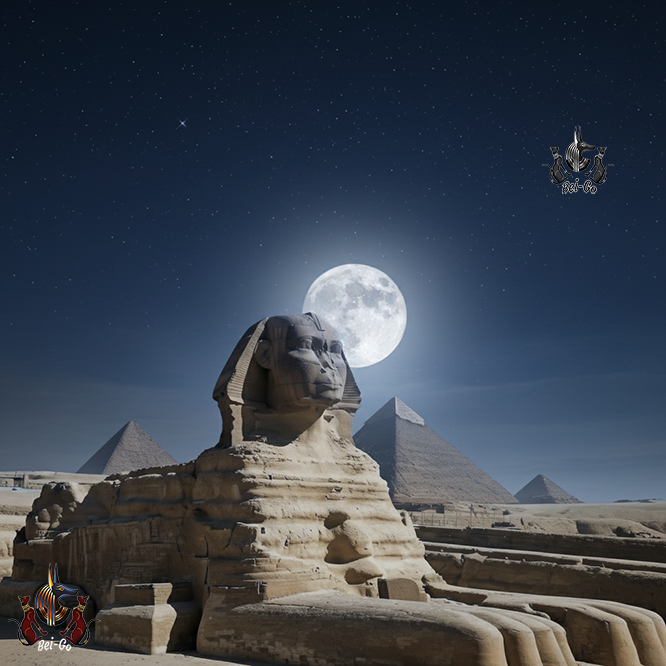
Immortal Legends: Mysteries of the Human Face and Lion’s Body
Throughout centuries, the Sphinx has inspired countless myths and legends. Ancient Egyptians saw it as a spiritual guardian protecting royal tombs, while later civilizations added layers of mystery and imagination. The combination of a human head and lion’s body symbolizes wisdom and power, a duality that has fascinated travelers for generations. On your Sphinx trip, guides often share captivating tales about hidden chambers, lost treasures, and hieroglyphic riddles. Comparing ancient myths with modern archaeological findings adds an exciting dimension to cultural travel. Many visitors attend lectures or cultural shows near Giza, merging history with art and storytelling. Whether exploring by day or joining an evening light show, the Sphinx’s enigmatic aura enchants all who visit. Such immersive experiences, which allow tourists to connect myth with reality, are often included in comprehensive travel programs. Respecting preservation boundaries ensures this legendary monument continues to inspire the world.
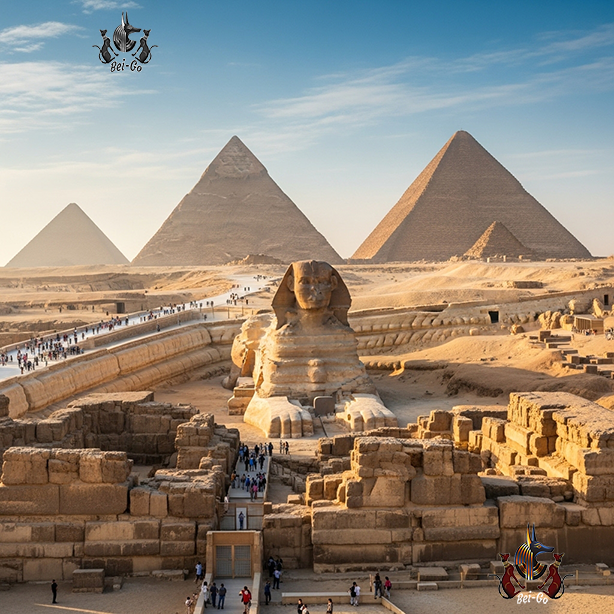
Visiting the Sphinx: An Unforgettable Travel Experience in the Heart of Egyptian History
A visit to the Sphinx is a highlight of any Egypt travel plan. Standing before the colossal statue evokes awe and wonder, connecting modern travelers to the achievements of an ancient civilization. The journey begins with ticketing and site access procedures, often guided by local experts who share stories that enrich the experience. Organized tours include transportation, time management, and combined visits to the pyramids and museums, ensuring a balanced trip. Photographers enjoy stunning opportunities during sunrise and sunset, when the Sphinx’s profile glows under shifting desert light. Cultural travelers can participate in educational sessions or traditional performances nearby. For convenience and reliability, customized packages with transport, expert guides, and flexible schedules are easily available. A Sphinx trip is more than sightseeing - it’s a journey through Egypt’s living history, blending knowledge, beauty, and timeless wonder.
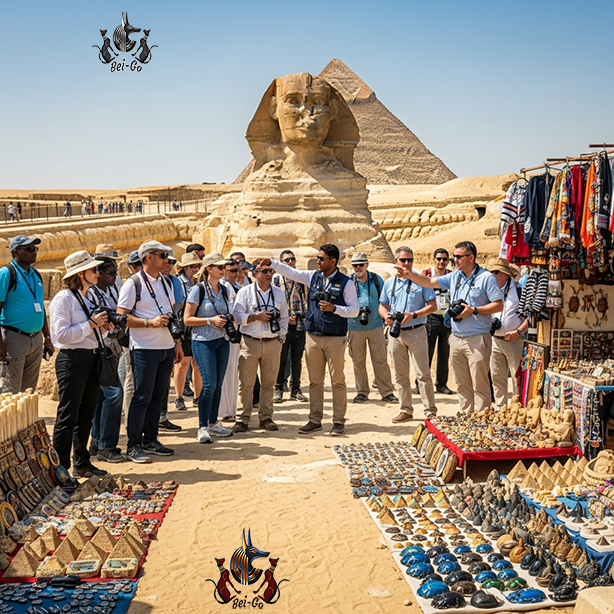
Sunset Magic at the Sphinx: Photographic Moments Etched in Memory
Sunset at the Sphinx is a breathtaking experience, where golden light paints the limestone statue in warm tones against a dramatic sky. The interplay of light and shadow highlights every curve, creating cinematic scenery for travelers and photographers. Many visitors plan their vacation in Giza specifically to witness this magical hour. To capture perfect shots, use low angles and natural light, emphasizing the grandeur of the monument. The calm atmosphere of dusk invites reflection and appreciation, as crowds fade and history seems to whisper through the desert air. These moments offer travelers a deep emotional connection to Egypt’s timeless spirit. Whether you’re on a short trip or an extended vacation, witnessing the Sphinx at sunset transforms your travel experience into an unforgettable memory. Planning this highlight through Bei-Go ensures you secure the best timing and expert guidance for the perfect photo session.
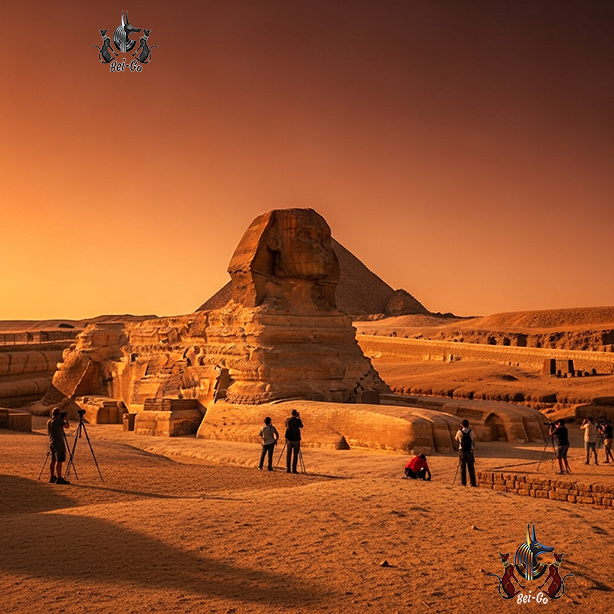
Around the Sphinx: Top Activities and Attractions to Complete Your Giza Trip
A Sphinx trip extends beyond the monument itself, offering numerous attractions that complete your cultural experience. Nearby stand the Great Pyramids, each with its own story and structure to explore. Museums and archaeological centers present artifacts that contextualize ancient Egyptian life. Travelers can also enjoy local markets, camel rides, and traditional street food near the site, immersing themselves in Egypt’s vibrant culture. Visiting jewelry museums or the National Museum of Egyptian Civilization provides deeper insight into the country’s artistic evolution. Organizing these excursions with Bei-Go ensures efficient transportation and reliable guidance for a comprehensive travel experience. Combining heritage, adventure, and gastronomy makes your Giza vacation diverse and enriching.
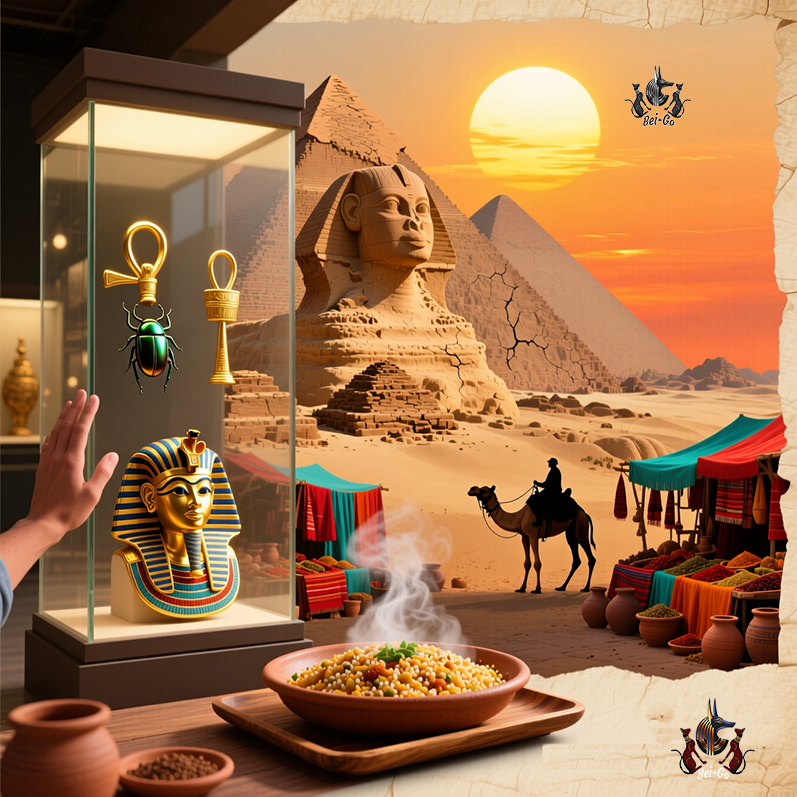
Travel Tips and Planning: Your Perfect Guide to Discovering the Sphinx and Ancient Egypt
Preparation is key to a successful Sphinx trip. Book tickets in advance to avoid long queues and confirm visiting hours for each site. Bring identification and comfortable walking shoes, as you’ll move between several historic areas. Morning and sunset hours are best for mild temperatures and ideal lighting. Pack essentials like water, sunscreen, and hats to stay comfortable during your travel. For deeper exploration, allocate time for museums and guided sessions that reveal more about Egypt’s ancient engineering. Bei-Go simplifies planning with integrated logistics, transportation, and expert-led tours, allowing travelers to focus on discovery rather than administrative arrangements. With proper preparation and trusted support, your journey to the Sphinx becomes an inspiring and memorable part of your Egypt adventure.
